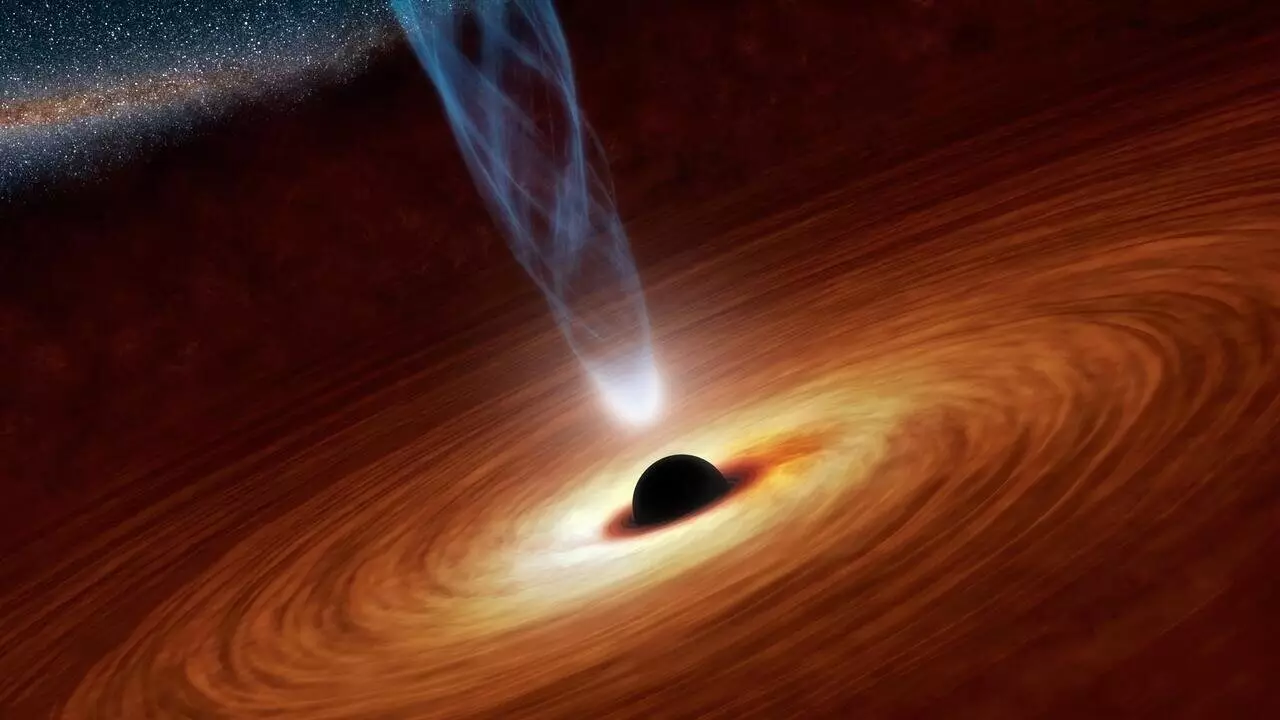Recent studies by researchers at the University of Waterloo and Universidad Complutense de Madrid have challenged the long-standing theory of “kugelblitze,” black holes formed by intense concentrations of light. In their research titled “No black holes from light,” published on the arXiv preprint server and forthcoming in Physical Review Letters, the team debunks the possibility of kugelblitze in our current universe.
According to Eduardo Martín-Martínez, a professor of applied mathematics and mathematical physics, the concept of kugelblitze originates from the idea that light’s immense energy could cause a collapse analogous to regular matter under general relativity. However, the team’s mathematical model factored in quantum effects and revealed that the light concentration required for kugelblitze would be significantly higher than observed in quasars, the brightest celestial objects.
José Polo-Gómez, a Ph.D. candidate in applied mathematics and quantum information, emphasizes that quantum effects would preempt the formation of kugelblitze. The high intensity of light necessary would trigger the spontaneous creation of particle-antiparticle pairs, diverting energy away from the region. This analysis sheds light on the limitations posed by quantum mechanics on black hole generation.
While replicating the extreme conditions needed for kugelblitze on Earth is currently unattainable, the team draws confidence from the consistency of their predictions with established scientific principles, notably those utilized in positron emission tomography (PET) scans. By studying phenomena such as vacuum polarization and the Schwinger effect, they demonstrate the infeasibility of black hole formation from light.
Implications for Astrophysics
Although astrophysicists may be disheartened by the impossibility of kugelblitze, this research marks a significant milestone in fundamental physics exploration. The collaboration between applied mathematics, the Perimeter Institute, and the Institute for Quantum Computing in Waterloo has paved the way for future technological advancements. While the immediate applications may not be apparent, the groundwork laid by this study sets the stage for potential innovations down the line.
The study on the unattainability of kugelblitze challenges existing notions of black hole formation and highlights the critical role of quantum effects in shaping our understanding of the universe. By pushing the boundaries of theoretical physics and incorporating interdisciplinary perspectives, researchers continue to unravel the mysteries of the cosmos, paving the way for future scientific breakthroughs.


Leave a Reply